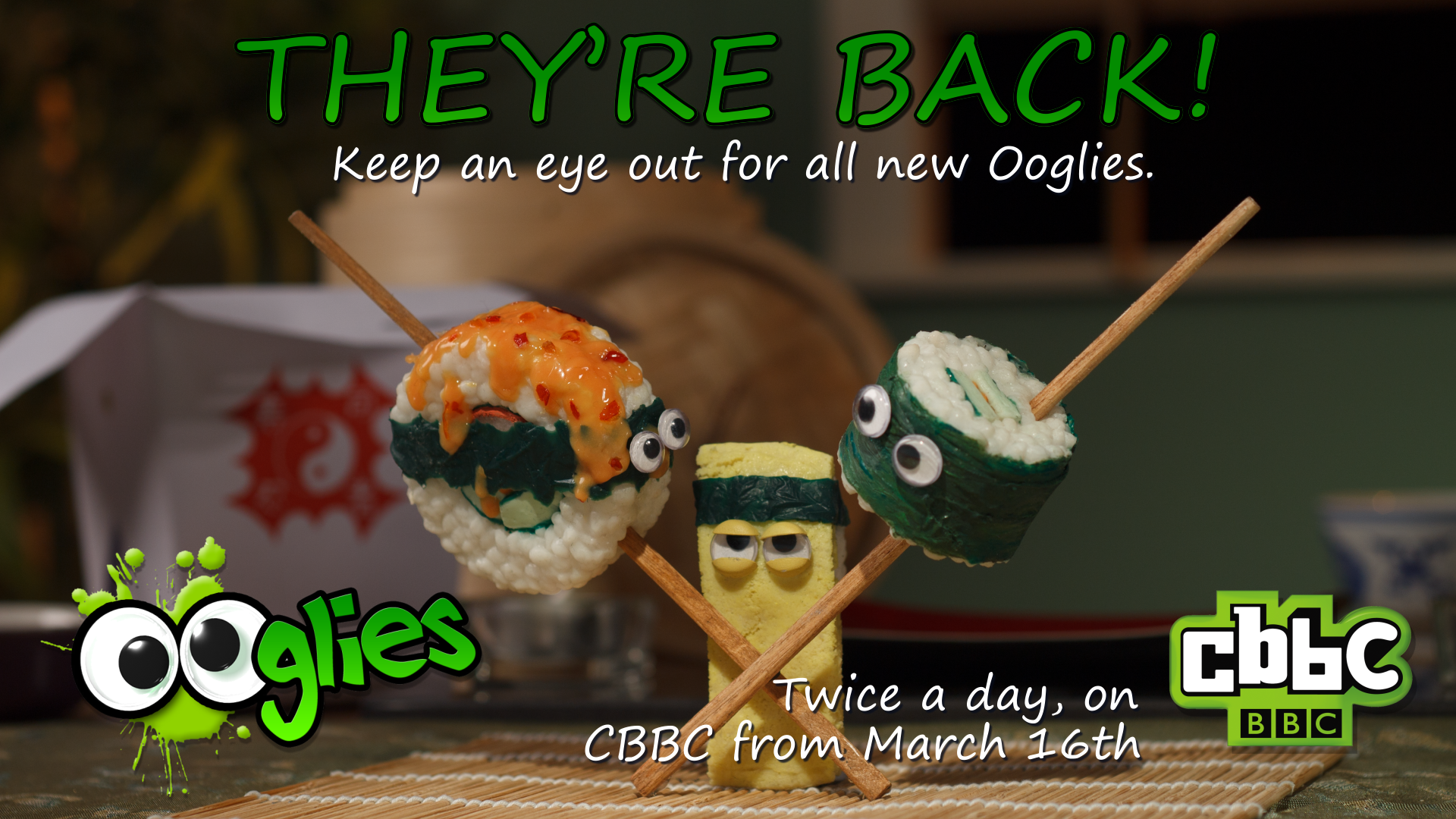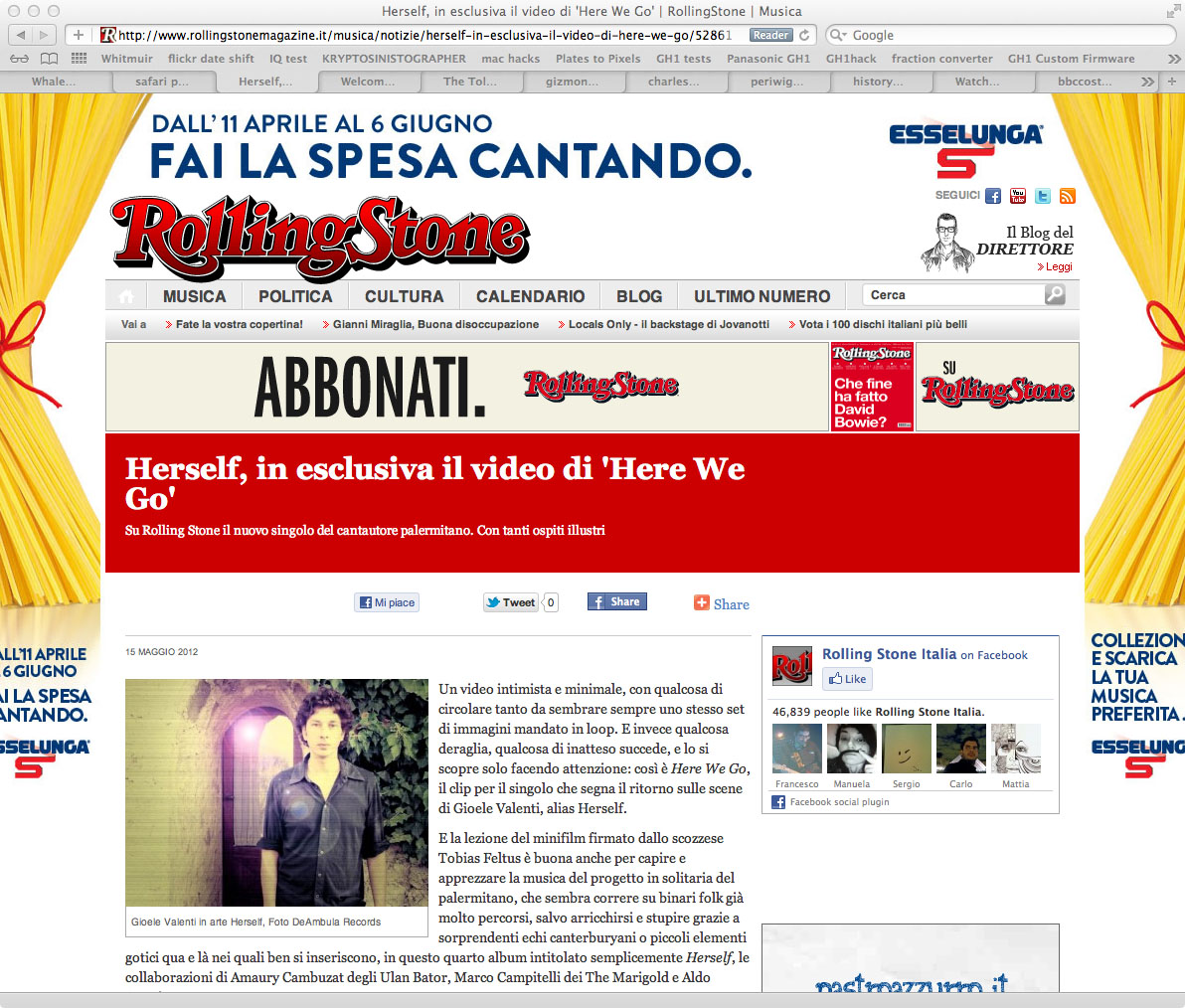I don’t actually watch feature films that often. I seem to be hypercritical to the point that my suspension of disbelief can be thrown by a minor detail, and the film can loose me in an instant. But thanks to BA’s inflight entertainment, I chose to watch Mr Sherlock (pity, pity they couldn’t be bothered to get a script written, nor have a photograph made which looked vaguely authentic, when so much work went into the rest of the film. Spoilt by two rather important ‘features’), and Frears’ The Program.
Last year The Program (2015) was released, and I don’t recall hearing much of it. Frears was—I had thought—a respected director. My first perplexity was with the American spelling of the title of a British film, but I know, that is just one of my pedantic pet hates.
Frears would have been aware that in making a film about a hugely controversial person of recent history, who is the subject of many articles, books and documentaries, his own creation would be under strict scrutiny. He chose not to take the creative license of fully fictionalising the story ‘loosely based on the life of Lance Armstrong’, but rather went down the route of the docudrama.
My opinion of the film is that the writing is very poor, making the narrative feel rushed and compressed. It would have been more interesting to focus on a part of Armstrong’s life or career, and build characters well enough that some empathetic connection could be made: this seems to be a common shortcoming, as though it were impossible to direct the empathy of a viewer within a non-fiction narrative. Nonsense. Cinematography was half decent–the race footage was well crafted, though the use of two ‘artsy’ shots seemed out of place (one close wide-angle shot of the journalist under fire, one sunset backlit shot of Lance). Production design was very poor, with many inaccuracies which were clearly going to be shat on by the cycling community. Sound design was—let’s say—creative.
Three particulars which stood out for me were:
In the opening shot—an artsy slow-mo of Lance cycling up a hill—the chain noises were oddly in your face, synthetic and totally uncharacteristic of a racing bike. Lance was famed for his cadence and fluid pedal stroke, not a slow clickety-woosh, clickety-woosh. these sound effects were used consistently through the film, which could be viewed as a good or a bad thing.
So Lance gets cancer, then he pesters Dr Ferrari into making him a winning cyclist. I have no idea why everyone insisted on his name being Michela Ferrara. These scenes presented a shocking historical inaccuracy, as Lance was pedalling on a turbo trainer with Ferrari talking about what they would do: the bike on the turbo was shown clearly to have a Hollowtech II bottom bracket (detail shot), which Shimano launched in 2003, this scene would have happened around 1997-1998. The film chose to focus on Ferrari’s use of drugs to cheat a performance increase when he also found that Armstrong’s loss in muscle mass could be compensated for by using an increased cadence. Thanks to Ferrari’s insight, Armstrong was the first cyclist in the professional peloton to use a high cadence (over 90rpm) which is today’s norm. They did briefly touch upon USPS’ revolutionary team tactics (also standard today), but chose to leave these two important details in the shadows, rather than focusing on them, which could have been interesting.
An editing mistake which would have thrown anyone of a non-mechanical persuasion was the springboard of Armstrong’s first post-Ferrari stage win: he’s at the back of the peloton with the team car: the mechanic reaches round and (detail shot) tweaks the cable pull on his rear-mech, which then catapults Armstrong’s performance past everyone to the win. Really?
The film left me feeling much the same as I felt after seeing 127 Hours (2010): baffled by the lack of character development, and disappointed that the film didn’t even try to suspend my disbelief.



